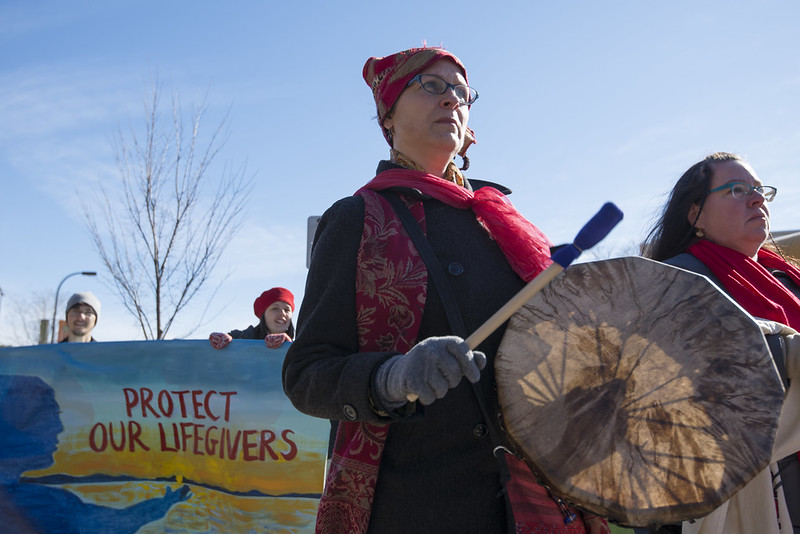
The story of Gabby Petito — a 22-year-old white woman who went missing while touring national parks with her boyfriend, only to be found dead in Wyoming’s Bridger-Teton National Forest — gripped the nation as it developed.
It was a genuinely tragic story. But in the same state where Petito’s remains were ultimately found, 710 Indigenous people went missing between 2011 and 2020 — yet those cases received almost no media attention.
That’s according to a report released earlier this year by Wyoming’s Missing and Murdered Indigenous People Task Force, which is getting fresh attention from Insider and other media outlets as a result of the Petito case. And it’s not the only sobering statistic the study yielded: the vast majority of those who went missing were children, and most of them were girls.
And even though Indigenous people only make up 3 percent of Wyoming’s population, “Indigenous people experience violence, homicide, sexual assault, and are reported missing at disproportionate rates relative to any other race [or] ethnicity.”
Though 50 percent of the Indigenous people who go missing are found within a week, 21 percent reportedly stay missing for a month or longer. By comparison, only 11 percent of white individuals who disappear are said to stay missing for that length of time. And the lack of media attention isn’t just a matter of perception — the task force found that only 30 percent of Indigenous murder victims make the news, as compared to 51 percent of white victims.
Critics have dubbed the disproportionate media attention to cases like Petito’s “the missing white woman syndrome.” Missing people “aren’t all pretty and blonde,” USA Today columnist Suzette Hackney wrote. “They don’t have a social media following. But their families deserve America’s sympathy and news coverage.”
The Wyoming report found that, even worse, “newspaper articles for Indigenous homicide victims were more likely to contain violent language, portray the victim in a negative light, and provide less information as compared to articles about White homicide victims.”
Those involved in the study recommend investigation protocols that might help with locating missing Indigenous people faster, such as noting tribal affiliation. They also suggest creating response teams for helping Indigenous families work with law enforcement officers.
This work needs to be done, researchers note, because these individuals aren’t just statistics — they’re people, whose families miss them dearly. Family members like task force member Nicole Wagon talked about her missing and murdered daughters in the report.
“I do not know why these incidences [sic] happened to my family but some way and somehow it … chose me,” she wrote. “If it was my choice, I would simply rather have my two beautiful daughters, Jocelyn Watt and Jade Wagon, with me and my family again. What drives me? My beautiful daughters would have never given up on me — nor will I give up on them.”



